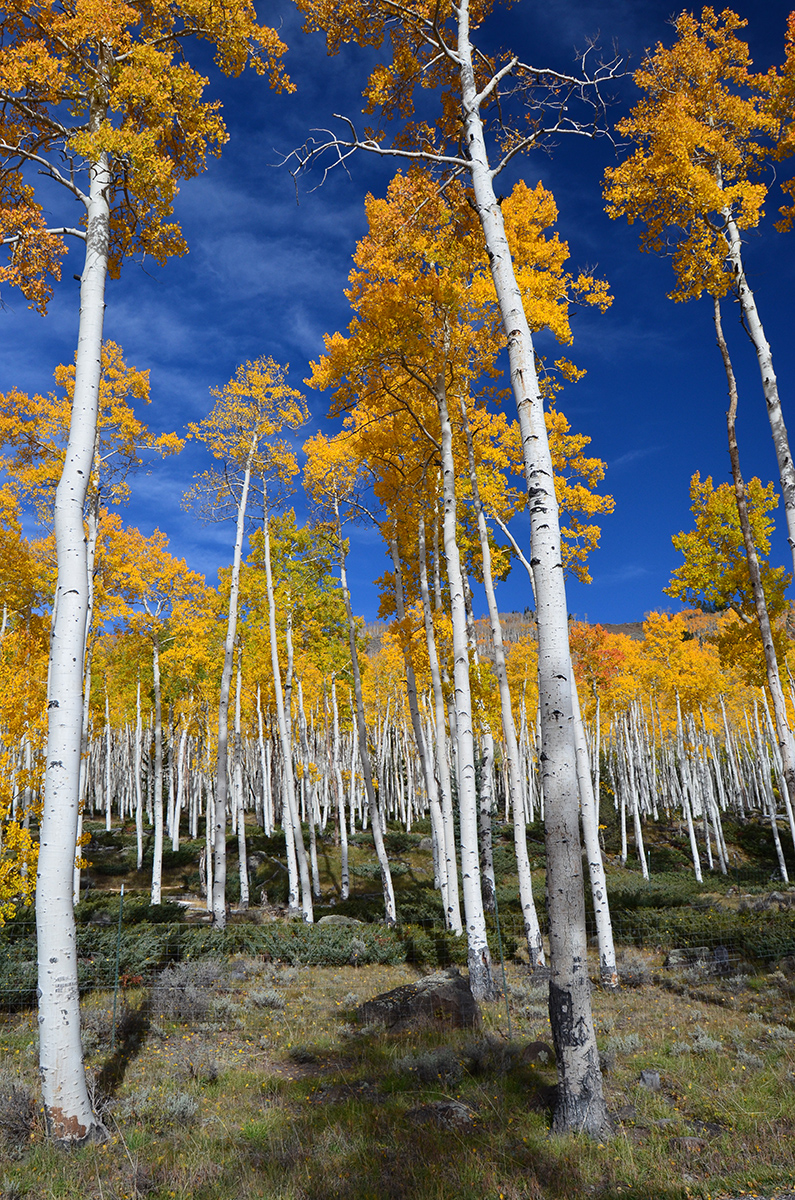The world of plants is endlessly fascinating, and we love learning about interesting plants, even if they are varieties we don’t grow ourselves. Here are some of our favorite interesting plant stories.

Do carrots help us see at night?
You may have heard this common line from your parents or used it with your own children – “Eat all of your carrots and you will be able to see better in the dark.” While carrots and many other vegetables have great health benefits, helping us see in the dark is not one of them.
So where did this myth come from? Historians can trace the link between carrots and night vision back to British propaganda during WWII. The allied forces had recently developed a new, secret technology – radar, and didn’t want their secret to fall into enemy hands.
When the Royal Air Force started repelling German planes at night during the 1940 Blitzkrieg, something they had not been able to do before this, they had to come up with an explanation. What they told the public was that their pilots had great night vision because they ate so many carrots.
This may have been a fib, but carrots did play a role in WWII. Sugar was rationed during the war and civilians were encouraged to plant carrots in their victory gardens as a sugar substitute.
Carrots don’t improve night vision but the Vitamin A in carrots is important to eye health, carrots can improve vision in people with Vitamin A deficiency.
One of the world’s largest organisms is a plant!
When we think of the largest trees in the world, the first trees that come to mind are the Giant Sequoias and Redwoods of the western United States, but there is another giant in the West. Pando is the name given to one of the world’s largest living organisms, a stand of Quaking Aspen.
Pando is located in Fishlake National Forest in Utah and consists of about 47,000 trees. It covers 107 acres and is estimated to be about 80,000 years old. When we look at this forest of Quaking Aspen, we may see many individual trees, but Pando is actually one genetically identical, connected plant.
Quaking Aspen grows in a similar way to the grass in our lawns. The original plant sends out lateral roots and above-ground stems sprout from these roots. If you have had Quaking Aspen in your yard or a neighbor’s yard, you may have seen this in action. Cutting down a Quaking Aspen tree will often result in numerous spouts from the roots of the original tree.
Pando is currently under threat from overgrazing due to mule deer and cattle in the area. Scientists are looking at ways to protect new spouts to allow Pando to regenerate including reintroducing predators to the area.


The coffee plant’s secret weapon
Coffee is the world’s most popular beverage and that is many because of one ingredient found in the coffee plant – caffeine. Many of us have a hard time starting our day without a cup or more of coffee and the energy boost that caffeine provides. But why does this plant, and other plants like it, produce caffeine?
First, let’s look at how we get coffee from the coffee plant. Coffee is native to Africa and Southern Asia; it can now be found throughout the “bean belt” of countries around the equator. These plants produce fragrant, white flowers that develop into the coffee fruit called coffee cherries. The cherries contain two seeds which are coffee beans.
All parts of the coffee plant contain caffeine including the flower nectar, seeds, and leaves. One benefit that this provides the plant is attracting pollinators. Bees that feed on coffee flowers ingest a small amount of caffeine which gives them an energy boost, just like us. In a lab test, this caffeine boost has been shown to improve bees’ long-term memory possibly helping the bees find their way back to these plants again.
As many coffee drinkers know, a little coffee can be a good thing but too much caffeine can be a problem, and this is the coffee plant’s secret weapon. When the leaves of a coffee plant are damaged by insects, the plants respond by producing more caffeine. If more insects come to feed on these leaves, they can ingest a fatal dose of caffeine protecting the plant from further damage.
Scientists are looking at ways to use the coffee plant’s natural defense as an organic insecticide. They have found that mosquito larvae exposed to caffeine become uncoordinated and drown.
Other plants also have similar insect defenses including trees that can warn their neighbors when they notice a threat.
We hope you enjoyed learning about these unique plants. For more fun and unique plants, visit our garden centers in Blaine & Rogers, MN.
